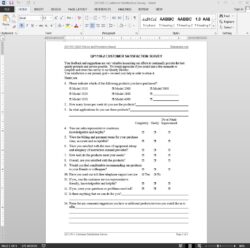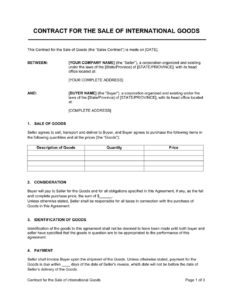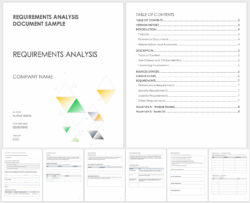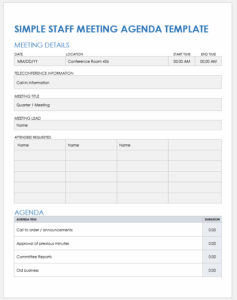Understanding what your customers truly think about your products and services isn’t just a good business practice; it’s a fundamental requirement for any organization aiming for excellence. In today’s competitive landscape, businesses are constantly seeking ways to improve, and one of the most effective methods is by actively listening to their customer base. This continuous feedback loop is not only vital for growth but also plays a critical role in meeting international quality standards.
For companies adhering to the ISO 9001 Quality Management System, customer satisfaction isn’t merely an option; it’s a core principle. The standard explicitly emphasizes the importance of understanding customer needs and striving to exceed their expectations. This is where a well-designed customer satisfaction survey becomes an indispensable tool, providing structured insights that drive informed decisions and foster a culture of continuous improvement within your organization. It’s about translating feedback into actionable improvements.
Why a Customer Satisfaction Survey is Crucial for ISO 9001 Compliance and Business Growth
A robust customer satisfaction survey serves multiple purposes for an organization, particularly one committed to ISO 9001 principles. Firstly, it provides concrete evidence of your organization’s commitment to customer focus, a cornerstone of the ISO 9001 standard. By systematically collecting and analyzing customer feedback, you demonstrate that you are proactively monitoring their perceptions and taking steps to address any areas of concern. This structured approach to feedback collection is vital for demonstrating conformity during audits.
Beyond mere compliance, these surveys are powerful instruments for identifying trends, uncovering hidden issues, and recognizing opportunities for improvement that might otherwise go unnoticed. Customers often have unique perspectives on your products, services, and processes, and their insights can be invaluable in shaping your strategic direction. Think of it as a direct line to the people who matter most to your business success.
Key Elements of an Effective ISO 9001 Customer Satisfaction Survey
When developing an effective survey, consider the following elements to ensure it aligns with ISO 9001 requirements and yields meaningful data. The goal is to gather specific, actionable information rather than vague opinions. A well-constructed survey acts as a diagnostic tool, pointing precisely to where improvements are needed and where your strengths lie.
* Clear Objectives: Define what you want to learn from the survey. Is it about product quality, service delivery, or overall experience?
* Relevant Questions: Design questions that directly relate to your objectives and cover key aspects of the customer journey, such as product performance, responsiveness, and problem resolution.
* Scales and Open-ended Options: Utilize rating scales (e.g., 1-5, Likert scale) for quantitative data and include open-ended questions for qualitative insights and detailed feedback.
* Data Analysis Plan: Determine how you will analyze the collected data to identify trends, pain points, and areas of excellence. This includes setting benchmarks and targets for improvement.
Ultimately, the data gathered from your customer satisfaction survey should not just be collected; it must be acted upon. This commitment to turning feedback into tangible improvements is what truly differentiates an ISO 9001 compliant organization and drives sustainable business growth. It’s about closing the loop and showing your customers that their voice truly matters.
Crafting Your ISO 9001 Customer Satisfaction Survey Template: Best Practices and Practical Steps
Creating an effective ISO 9001 customer satisfaction survey template involves more than just listing a few questions; it requires careful thought about what information is truly valuable and how to present it in a way that encourages genuine responses. Begin by defining the scope of your survey. Are you assessing a specific product launch, overall service quality, or the entire customer experience journey? Your scope will dictate the types of questions you need to ask and the level of detail required.
Consider the user experience when designing your template. A survey that is too long, confusing, or poorly formatted will lead to low response rates and unreliable data. Keep it concise, use clear language, and ensure it can be easily completed on various devices. The ease of participation directly influences the quantity and quality of feedback you receive.
Here are some practical steps and question types to consider for your customer satisfaction survey:
* Overall Satisfaction: “How satisfied are you with our product/service overall?” (e.g., using a 1-5 scale).
* Specific Product/Service Attributes: “Please rate the quality of [specific product feature/service aspect].”
* Service Interaction: “How would you rate the helpfulness and professionalism of our customer service team?”
* Timeliness and Responsiveness: “Was your issue resolved in a timely manner?”
* Likelihood to Recommend (NPS): “How likely are you to recommend our company to a friend or colleague?” (0-10 scale).
* Open-ended Feedback: “What could we do to improve your experience?” or “Are there any other comments you would like to provide?”
Once your ISO 9001 customer satisfaction survey template is ready, plan your distribution method. Will it be email, web-based, in-person, or via phone? Ensure your chosen method reaches your target audience effectively. Post-collection, the real work begins with robust data analysis. Use the insights gained to identify areas for corrective action, celebrate successes, and most importantly, integrate these findings into your management review process to drive continuous improvement. This cyclical process is what ensures your quality management system remains dynamic and responsive to customer needs.
Implementing a well-structured customer satisfaction survey is a powerful statement of your organization’s dedication to quality and customer focus. It provides the empirical data necessary to not only meet the stringent requirements of ISO 9001 but also to foster a culture where customer feedback is actively sought, valued, and acted upon. By consistently engaging with your customers, you build stronger relationships, enhance your offerings, and position your business for long-term success in an ever-evolving market.



